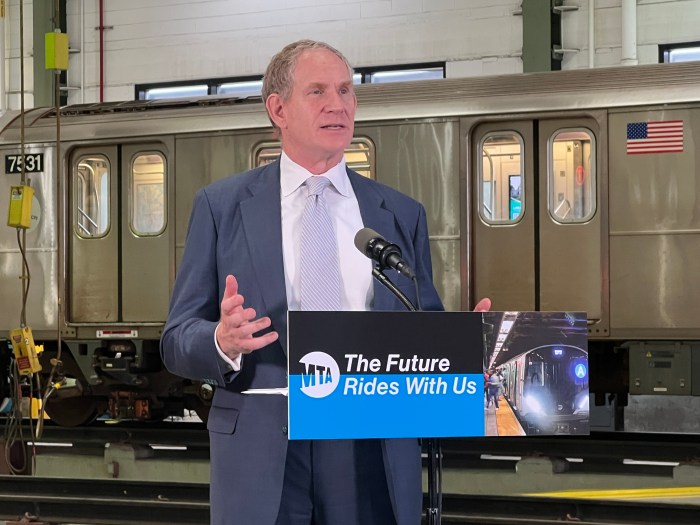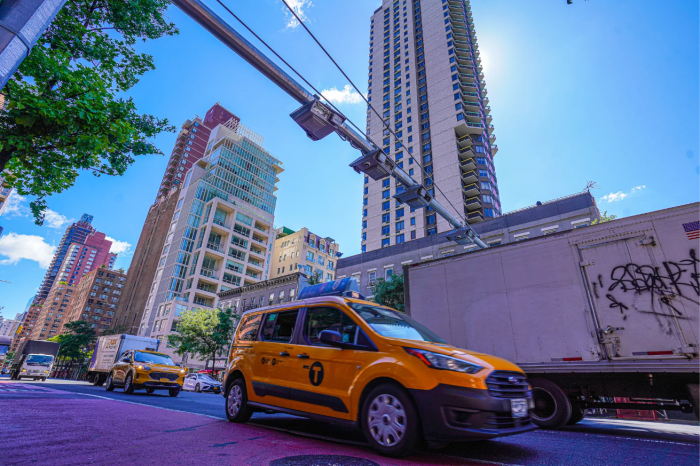
After 25 years of swiping (and reswiping), the MTA is launching a new fare payment system Friday that will eventually render the MetroCard obsolete.
OMNY, the new tap-to-pay system that relies on contactless bank cards and mobile wallets, is making its debut on Staten Island buses and at 16 subway stations along the 4, 5 and 6 lines between Grand Central-42nd Street in Manhattan and Atlantic Avenue-Barclays Center in Brooklyn. The slow rollout, slated to be complete by the end of 2020, means subway and bus riders have a little more time with the MetroCard, which isn’t expected to be phased out until 2023.
While New Yorkers have long had a love-hate relationship with the swipe, the MTA and transit experts credit the MetroCard with drastically changing the city’s transit system over the last two decades.
Introduced in 1994 and fully integrated by 1997, the MetroCard revolutionized how New Yorkers use the city’s subways and buses, particularly with the advent of free transfers and unlimited weekly and monthly trip options. MTA ridership skyrocketed in the years after the MetroCard was phased in, especially in the outer boroughs, according to a March 2017 report by New York University’s Rudin Center for Transportation.
The MTA saw more than 137 million more subway rides in 1998 than it did the year prior, the report said. Ridership in the Bronx rose by 17 percent and Brooklyn saw a jump of 16 percent. Over the next 15 years, ridership continued to grow at an average of 25 million additional rides per year, according to the report. By comparison, the MTA had an average annual ridership increase of about 4 million during the token years.
In 2017, the MTA’s ridership was 1.7 billion.
Other factors, including the city’s growing population and increased tourism, also played a role in the exponential rise in ridership, but the MTA and Rudin Center say the MetroCard’s true value shouldn’t be overlooked — no matter how many swipes it may take.



































